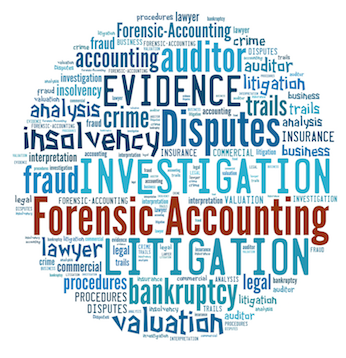
Royalty audits – Performing and Defending
A successful royalty examination does not originate on the day the audit commences, nor does it start at the point the auditor is selected, but begins at the stage the contract is prepared. A specific and well-written agreement is the key to understanding the royalty amounts rightfully due a licensor. Unless the basis for the royalty calculation is clearly articulated, the auditor can’t possibly perform the forensic examination with any degree of confidence and certainty.
Most royalty calculations are based on some percentage of “net sales”, which could take on many interpretations. As a result, most license agreements purport to define this term, but fall dramatically short of the mark. In fact, it is not uncommon to find a license agreement that defines “net sales” as gross sales less product returns as well as standard discounts and allowances. The language may go on to state that “advertising” expenses are not permitted to be deducted. This clause, however, leaves many unanswered questions.
For example:
- What constitutes “advertising”?
- What about free goods?
- What about new store allowances?
- What about stocking allowances?
- Are freight and transportation costs acceptable deductions?
- How are F.O.B. sales treated?
- What about transfer pricing?
- How are consignment sales treated?
- Should closeouts be handled the same as full-price sales?
- Where do credits for coop allowances fall?
There are many other financial clauses to consider – For example, the right to audit section, the definition of the licensed property, territorial and distribution restrictions, representations and indemnification language, and approval provisions. Thus, it takes an experienced professional to guide the legal and audit processes.
